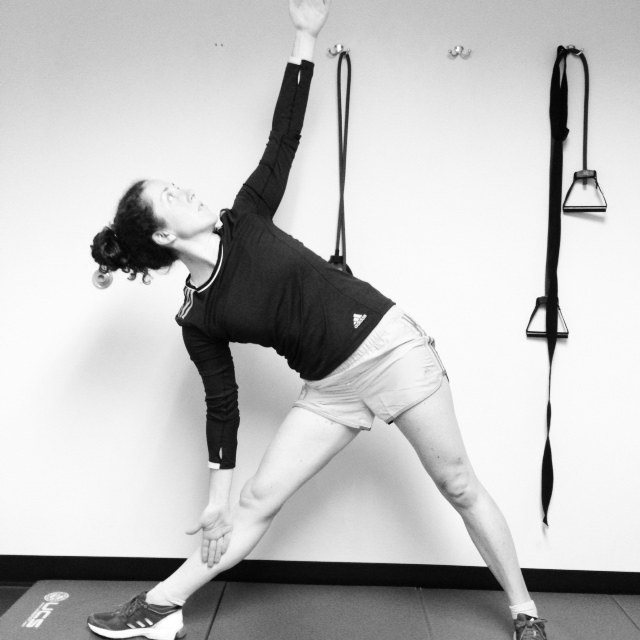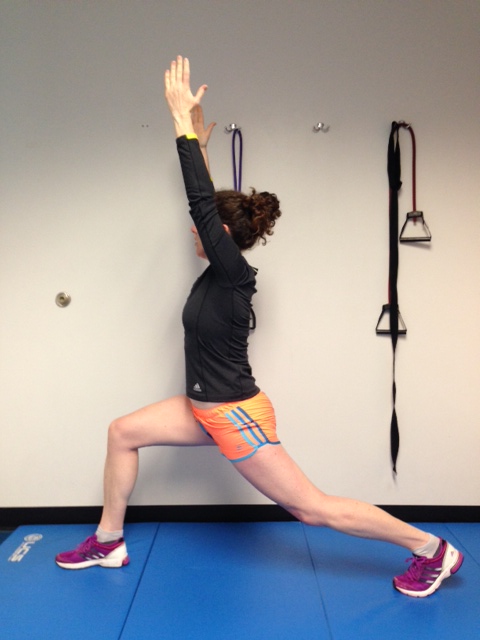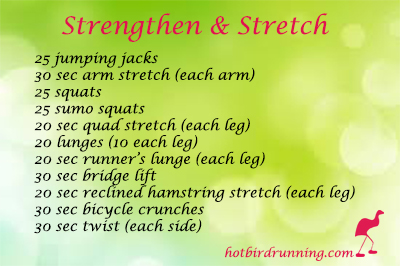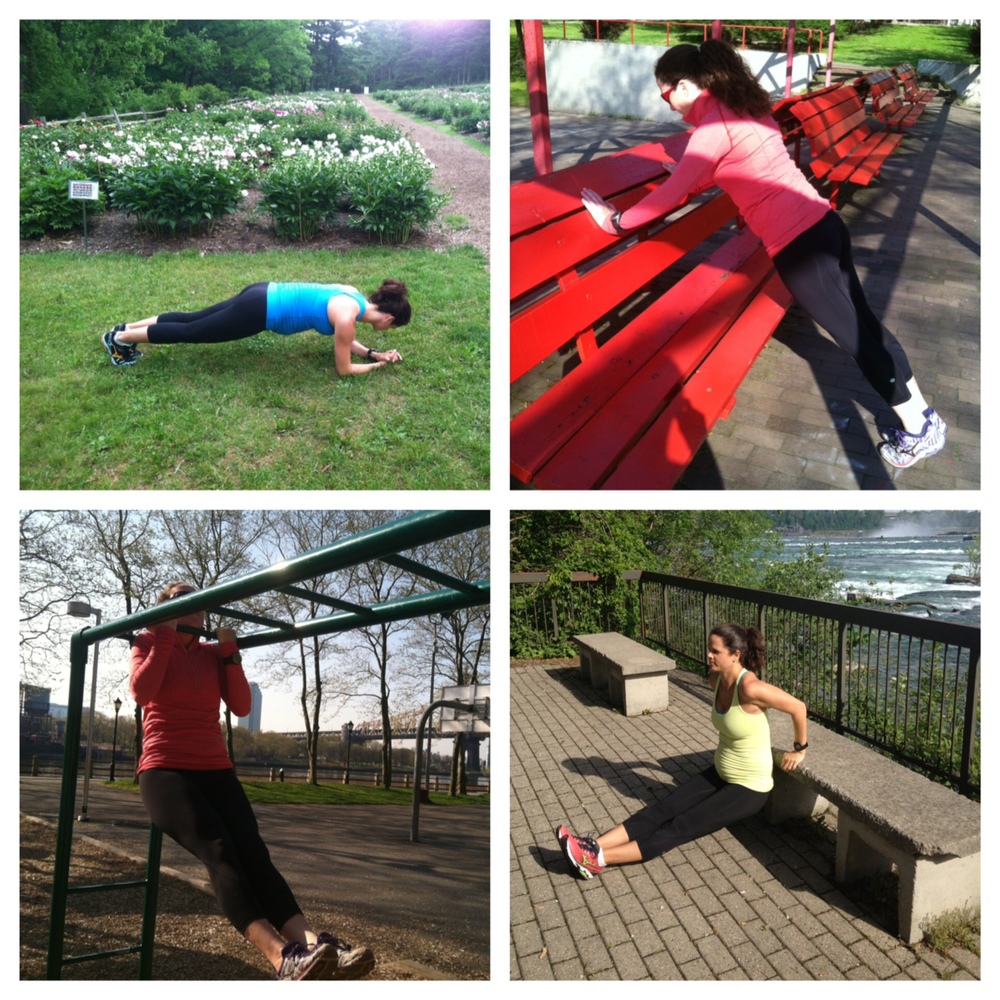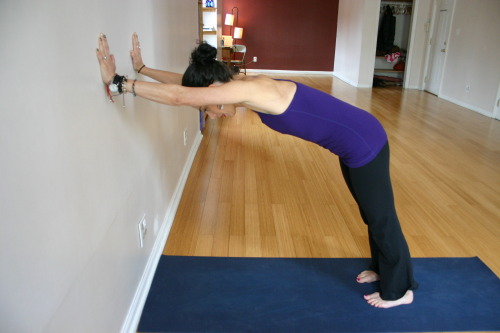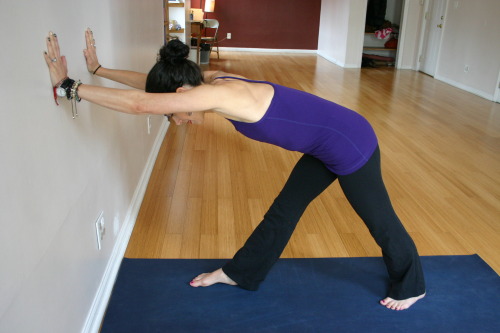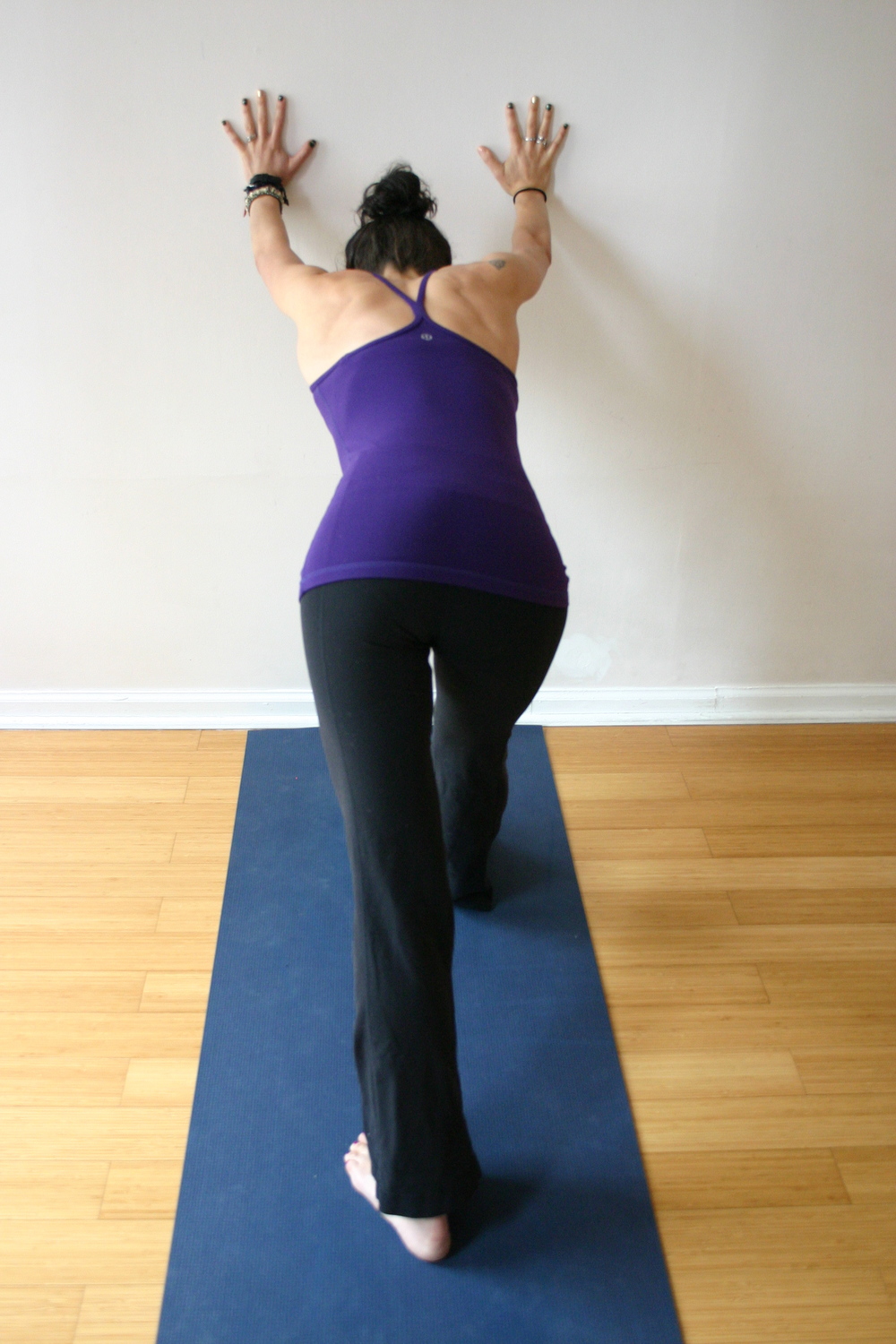By Jessica Green
As a primer to our impending fall marathon training seasons, Meghan and I signed up for the Helvetia Half Marathon last Saturday - an amazing race that we recommend to all. Meghan, who's running the Portland Marathon in October, starts her training on Monday, but I don't start my training for the NYC Marathon until mid-July. With over a month until official training starts, I decided to to run last weekend's half hard to see where I was at since it was my first half back since my pregnancy.
Miraculously, I woke up Sunday feeling better than I felt before the race. Then I went for a hike in hilly Forest Park and was quickly reminded how much my legs need to recover from the race. Marathon training is about to begin and it's VERY important for me to take the right steps in my preparation to ensure a healthy, happy body going into training. So, I'm taking the week completely off from running and hard leg work and focusing on stretching, strength for my upper body and a little R&R.
We get asked a lot, "What should I do?" during the weeks leading up to the beginning of a marathon training plan. The answer isn't that simple and definitely isn't cookie cutter. For example, look at me. I'm taking an entire week off from running one month out from the start of my official marathon plan. Others should use this time to work towards building up to 20 miles a week or adding an additional run day over the next month. No matter what type of runner you are or what you do in the next monthor days, the truth of the situation is that you are already in "marathon training." Albeit, it's not part of your 16-week plan, but it's still impacting how successful your training is going to be.
The best thing to do right now is to listen to your body, identify and address any aches and pains and continue to work on becoming a stronger runner through regular strength and stretching. You've heard us say this countless times, but there's no time like right now to let it soak in. Once your official plan kicks in and the miles start to climb (faster than you think) it gets harder and harder to find time for strength work and R&R. Use the last few days or weeks wisely whether it's a few more longer runs, adding more strength to your workouts or giving yourself a few much needed days off. Continue to adhere to the 10% rule of increasing your mileage and your long run distance. Lastly, I recommend enjoying the final week before your official training starts with a low mileage week because you start to build as soon as you hit Week 1!
Need more detailed advice on what you should do to prep for marathon training based on your level of fitness and training? Ask us! We are here to help and would love to guide you in the right direction!
In the meantime, I'll be doing these two stretches all week long to help my legs recover from last week:


